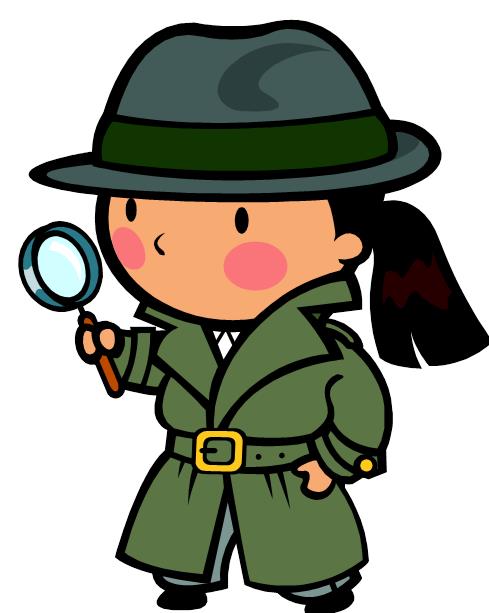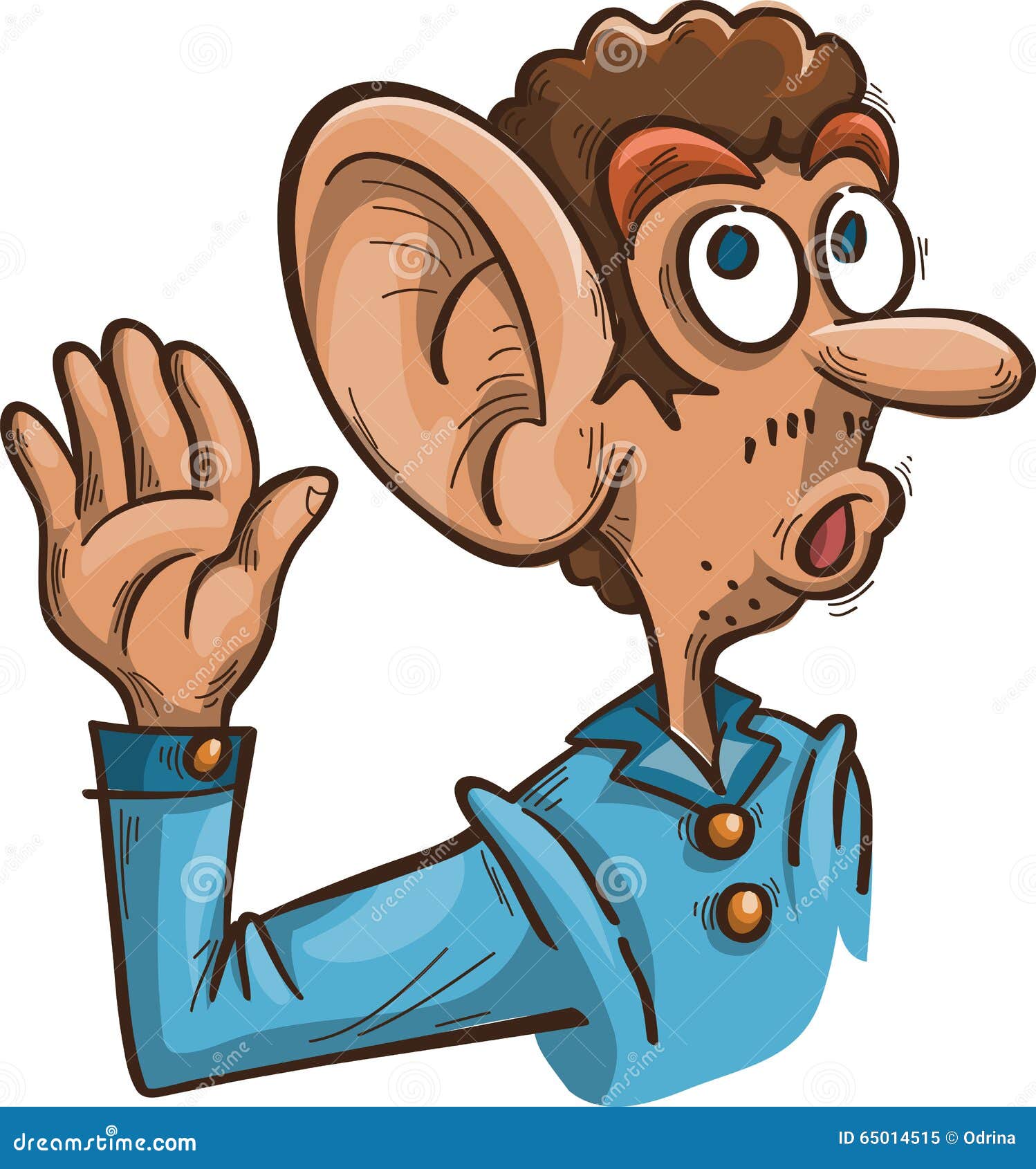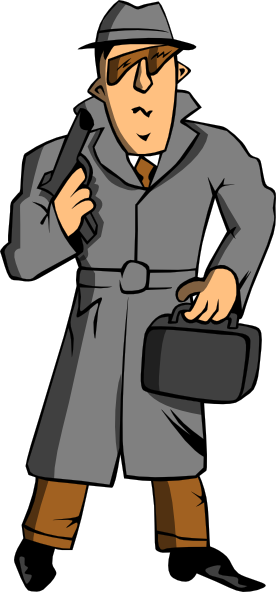
She initially declines his offer, but then asks, “Tell me something: how come all the old Warner Brothers stars were guys? Not one girl! It’s not fair! It’s left me with no one to look up to.” In the creepy film vault, which is located in the basement (like most archival media storage facilities), the Mysterious Vault Keeper (Don Messick) provides Buster and Daffy with the films necessary to their research and directs them to viewing rooms, then asks Babs what he can help her with. They are undertaking the nuts and bolts of cinema studies. None the less, at least Buster and Plucky are spot on that the only way to settle their debate is research and evidence from watching the actual films. When Babs gives a noncommittal answer, the guys decide they need to hit up the Looniversity’s film vault and screen the work of both toons in order to determine whose opinion is correct.Īdmittedly, arguing about Bugs versus Daffy is like arguing Chaplin versus Keaton, or Ford versus Kurosawa, or Godard versus Truffaut: arguments can be made as to which one was superior, but ultimately it comes down to taste. The monotony is broken up by Buster Bunny (Charlie Adler) and Plucky Duck (Joe Alaskey) drawing her into a debate about which toon was the superior talent: Bugs Bunny or Daffy Duck. Since she cannot do the mentorship class at Acme Looniversity, she resigns herself to taking study hall instead. When “Fields of Honey” opens Babs has resigned herself to the mainstream narrative of Warner Brothers cartoon history, which is all the major characters were guys, and furthermore guys she cannot readily identify with. In fact, the plot follows a lot of the workflows associated with moving image preservation, even though it leaves out the actual work of preservation.

It’s structured as a spoof of the film “Field of Dreams,” complete with mysterious voice advising her along the way, but anyone who has done cinema studies or archival work will see Babs’s plight as akin to their own experiences.

Ward), and mounting a major campaign to find her and draw attention to her body of work.
#Tiny agents cartoon series
However, the episode of “Tiny Toons” I found myself most taken with upon revisiting this childhood favorite of mine, when the series finally got a DVD release when I was in grad school, was “Fields of Honey,” the 30th episode of season one.Ĭo-written by Sherri Stoner and Tom Ruegger, and directed by Ken Boyer, “Fields of Honey” is about Babs Bunny (Tress MacNeille) feeling left out that unlike her male counterparts lacks a classic cartoon era mentor figure, only to discover the work of forgotten toon Honey (B.J. Although the cultural references linked to the cultural moment when those shows aired may not have aged as well, the straight up parodies of classic works both shows did remain smart, well executed spoofs.

My introduction to “Citizen Kane” and “Sunset Boulevard” came through the “Citizen Max” and “Sepulveda Boulevard” episodes, respectively, of the series.

Most people know that the Warner Brothers’ animated television series “Animaniacs” (1993-1998) did some amazing, smart parodies throughout its run, including doing take offs on “Apocalypse Now!,” “West Side Story,” “Duck Soup,” and “Les Miserables.” What a lot of people forget is that “Tiny Toon Adventures” (1990-1995), which featured a lot of the same creative team, did similar shorts. This is my 1000th post on Tumblr! And that being the case I feel compelled to do something special, an essay that I have been meaning to write for years. That Time “Tiny Toon Adventures” Indirectly Did a Cartoon About Cinema Studies and Film Preservation


 0 kommentar(er)
0 kommentar(er)
